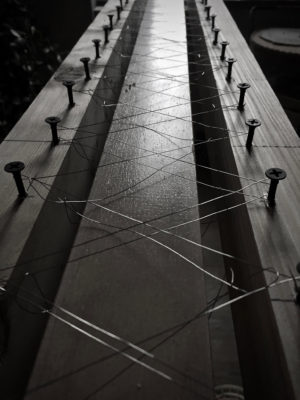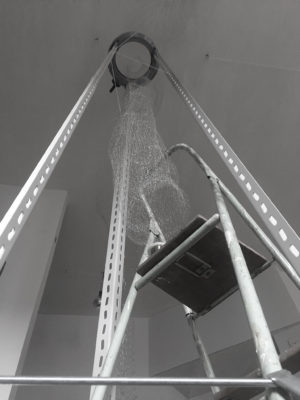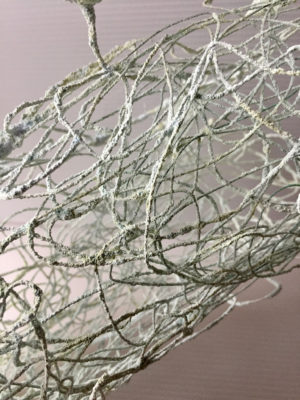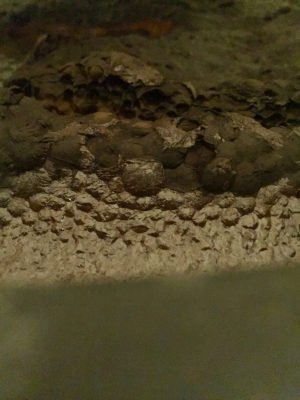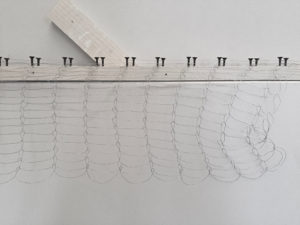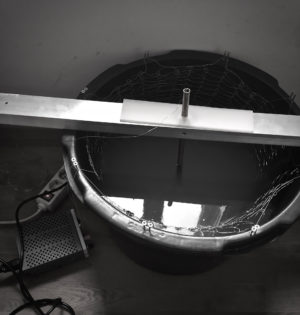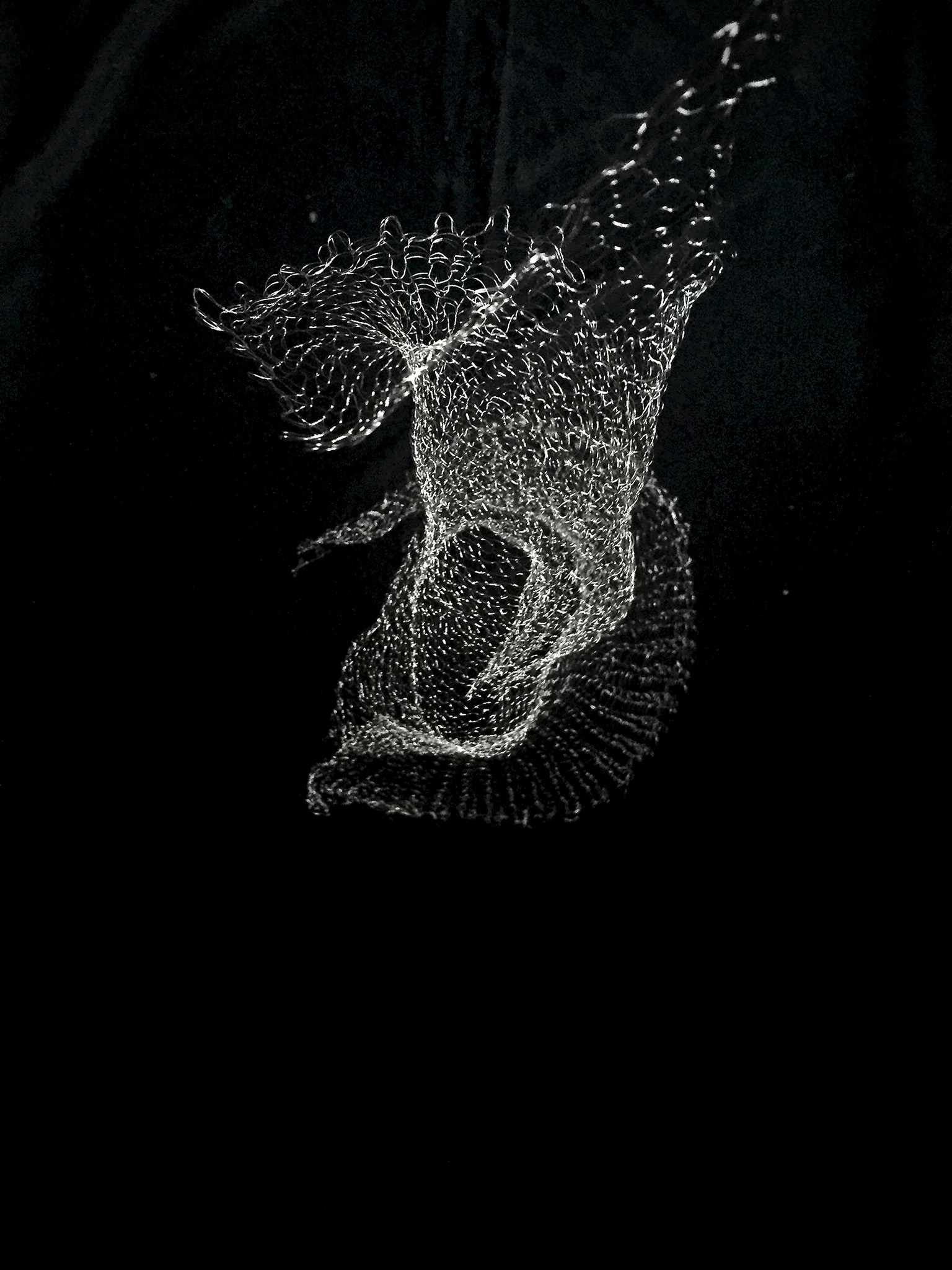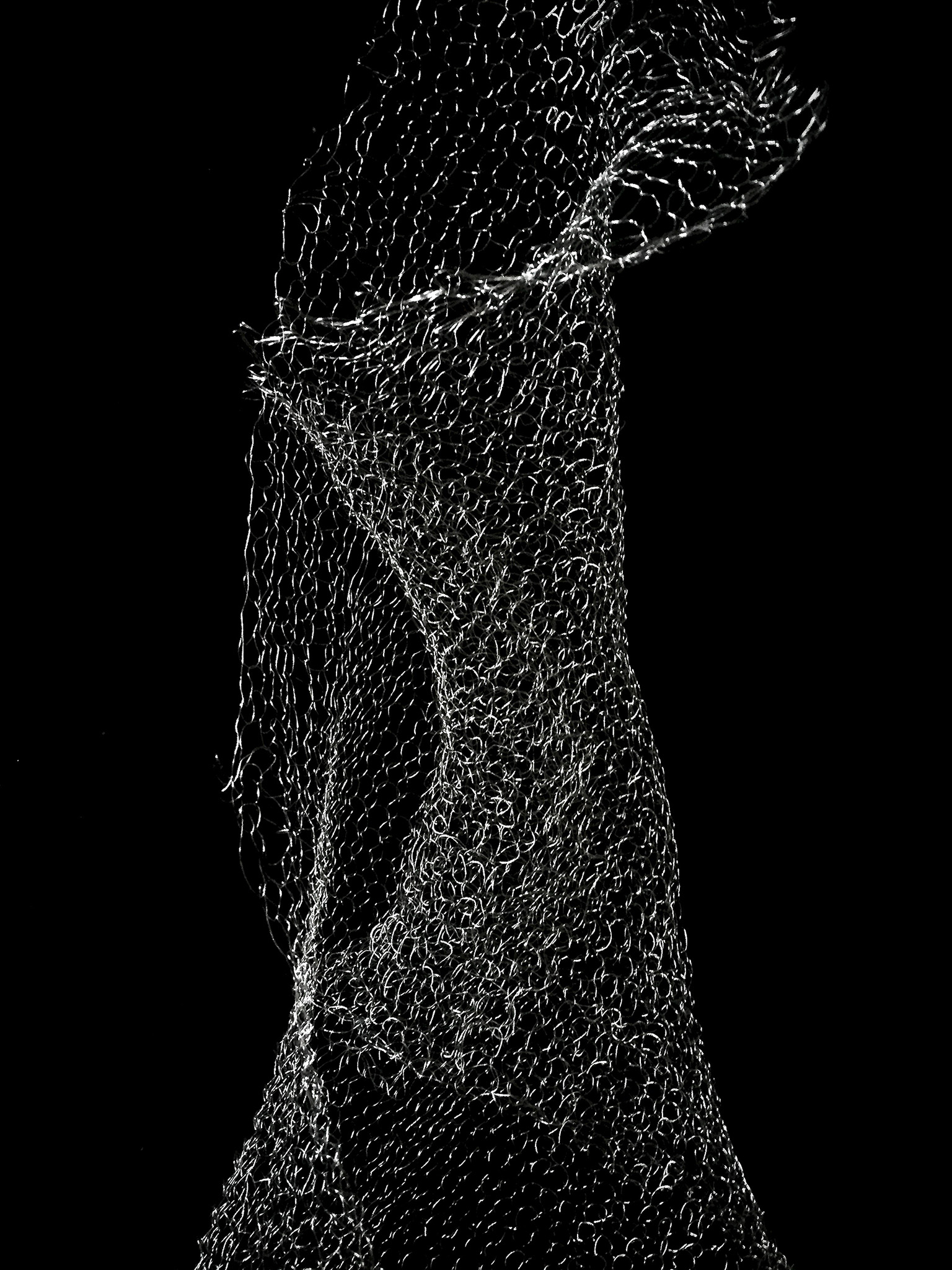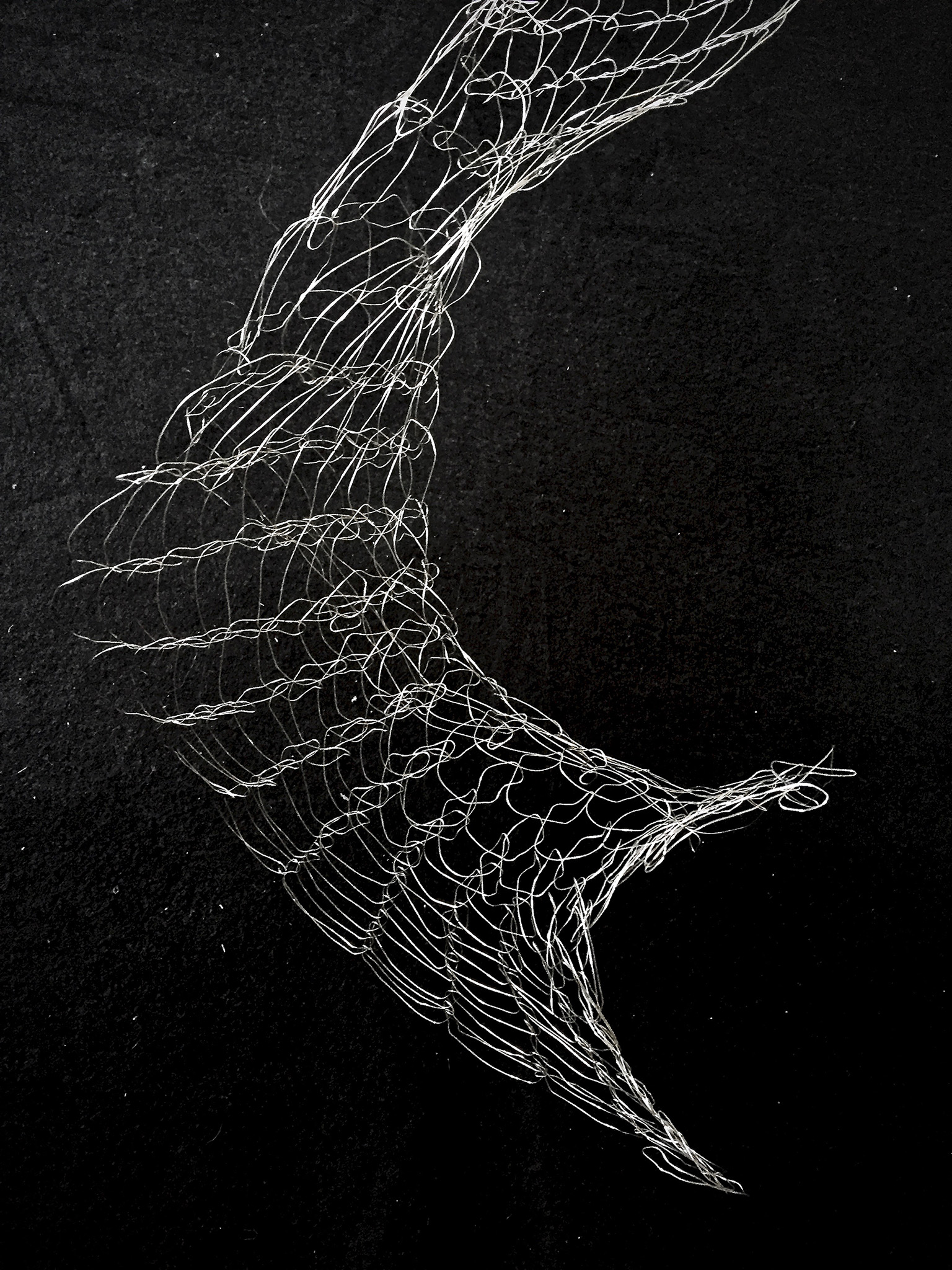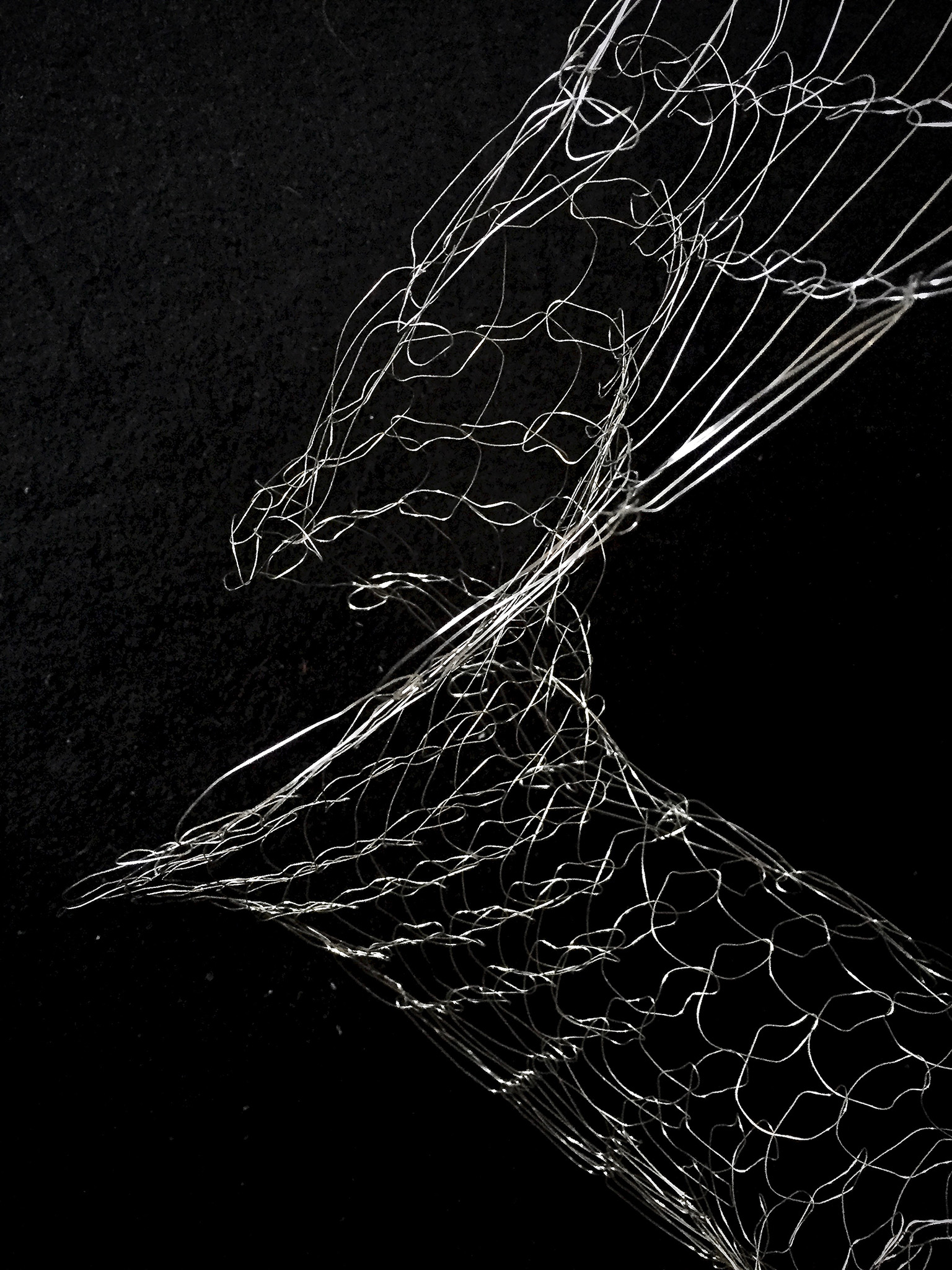

Zeitgebilde | MA Zwischenstand 2021
In einer vom „Nature“ Magazin veröffentlichten Studie ist zu lesen, dass im Jahr 2020 die durch Menschen hergestellte Masse an Artefakten erstmals die Biomasse auf diesem Planeten übersteigt. Ein zusätzlicher Beweis menschlicher Überlegenheit, oder die Vergegenständlichung einer parasitären Kultur? Ich vermute Letzteres. Gleichzeitig verbringe ich mein Leben inmitten dieser Artefakte, und den Großteil meiner Zeit damit sie herzustellen. Von einem Zwiespalt zu sprechen ist, glaube ich, angebracht.
Vor ca. 300.000 Jahren fing der Mensch an, Materialien zu manipulieren. Dadurch stellte er den Grundsatz der Evolution auf den Kopf: Anstatt wie bisher sich dem Lebensraum anzupassen, fing er sukzessiv an, den Lebensraum umzugestalten und entsprechend seinen eigenen Bedürfnisse zu verändern. In gewisser Weise beginnt hier die Subjekt-Objekt Beziehung die unseren Umgang mit der Umwelt bis heute diktiert. Wir verarbeiten organische und anorganische Rohstoffe, einer vergegenständlichten und objektivierten Natur, in immer größer werdenden Quantitäten und transformieren den Planeten sukzessiv in eine Welt aus Artefakten. Per Definition ist das Verändern seiner Umwelt im Homo faber inbegriffen. Wenn das Individuum das Prädikat der alleinigen Handlungspotenz aufgibt, kann die Dichotomie der Subjekt-Objekt-Beziehung zwischen Mensch und Natur verlassen werden. Im Sinne eines „Gefüges“ können so neue Interaktionen auf Basis von symbiotischen, anstatt parasitären Verbünden gefunden werden. Diesen symbiotischen Verbindung sind die „Zeitgebilde“ auf der Spur.

In a study published by „Nature“ magazine it can be read that in 2020 the mass of artifacts produced by humans will for the first time exceed the biomass on this planet. Additional evidence of human superiority, or the objectification of a parasitic culture? I suspect the second. At the same time, I spend my life amidst these artifacts, and most of my time creating them. I think it is appropriate to speak of an inner conflict.
About 300,000 years ago, humans began to manipulate materials. In doing so, they turned the principle of evolution on its head: instead of adapting to the environment as before, they gradually began to redesign the space surrounding them and change it according to their own needs. In a certain way, this is where the subject-object relationship begins, which dictates how we deal with the environment to this day. We process organic and inorganic materials of an objectified nature in ever-increasing quantities and gradually transform the planet into a world of artifacts. By definition, changing one’s environment is included in Homo faber. If the individual gives up the predicate of the sole power to act, the dichotomy of the subject-object relationship between man and nature can be abandoned. In the sense of “flows”, new interactions can be found on the basis of symbiotic, rather than parasitic, alliances. The „time structures“ are on the trail of these symbiotic connections.
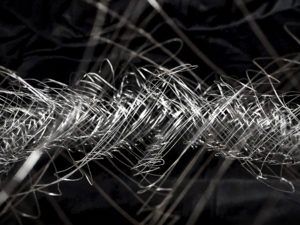
Prozess
